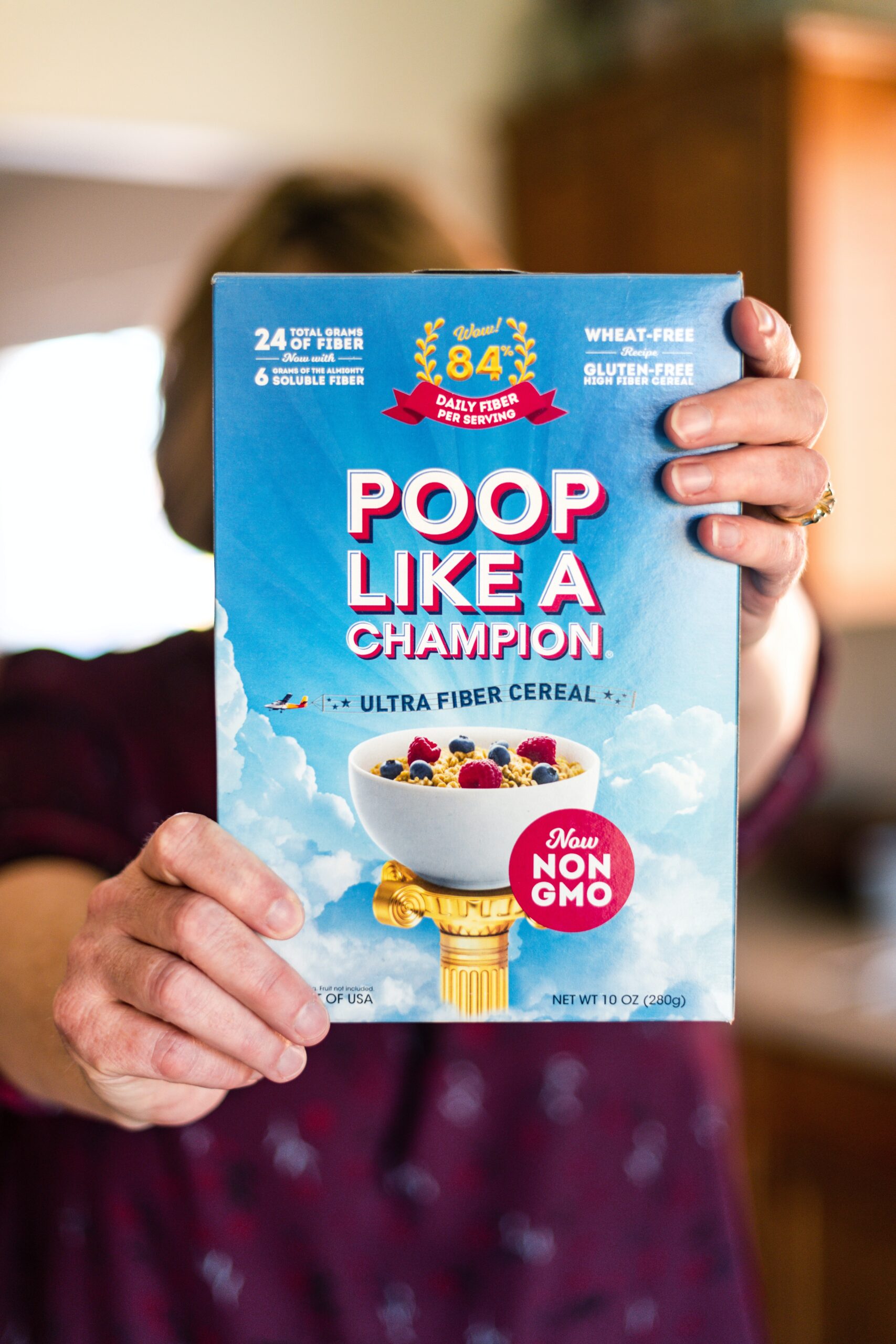Introduction: Understanding the Problem

Regular maintenance of your bathtub drain isn’t just a chore; it’s your best defense against a hair-splosion! You know, those hairballs that can turn into a scene from a horror movie? Common causes are all those luscious locks you shed while attempting to channel your inner mermaid during your shower serenade. And let’s be real, ignoring a clogged drain is like ignoring a hungry gremlin – it just gets worse and might result in a mini swimming pool in your bathroom. So, save yourself from the aquatic nightmare and keep that drain clear unless you want guests to think you’ve opened a spa for lost hair!
Essential Tools and Supplies Needed
1. Gloves: Protect your hands from the grimy depths.
2. Zip-It Tool: A must-have for snagging hair like a fishing pro!
3. Disposable Bag: Keep all that hair-y debris contained; nobody wants it floating around.
4. Needle Nose Pliers: Perfect for reaching deep and getting a grip on stubborn hair strands.
5. Safety Glasses: Consider this if you’re planning on ripping and tearing with zest; we don’t want hair back-flipping into your eyes!
Also, don’t skimp on quality; cheap hair unclogging tools are notorious for breaking and leaving bits behind in the drain. Lastly, make sure the trap is accessible before diving in; only attempt it if you feel comfortable! Happy unclogging!
Step-by-Step Guide to Removing Hair from the Drain
Ladies and gentlemen, boys and girls, gather ’round! Have you ever experienced the terror of a clogged drain? You know, when you’re ankle-deep in a swamp you didn’t sign up for during a shower? Fear not, for I present to you the mighty Zip-It—the only drain tool you need to conquer the monstrous hairball lurking below!
Step 1: Preparation Steps Before You Begin
First things first, before you dive into the abyss, suit up! That’s right, don your most glamorous rubber gloves and stylish safety goggles. Nothing says ‘I got this’ like proper attire. Also, clear out the battlefield—remove those shampoo bottles and soap dishes. You need space to work your magic. Got your Zip-It ready? Excellent. Let’s slay this beast!
Step 2: Manual Removal Techniques
Now, the moment you’ve been waiting for! Grab your trusty Zip-It and approach the drain as if you’re a knight facing a dragon. Insert the Zip-It into the drain, and with the finesse of a maestro conducting a symphony, wiggle it around. Feel the clog? Good. Now, with the strength of a thousand plumbers, yank it out! Voilà! You’ve just evicted an unwanted hairy tenant. Gross, but oddly satisfying, right? But wait, there’s more!
Step 3: Using Chemical Drain Cleaners Safely
Now, while the mighty Zip-It can handle most of your hair-related nightmares, sometimes you might think, ‘Maybe I need a little extra oomph.’ If you decide to call in the big guns—chemical drain cleaners—remember safety is no joke. These potions are powerful, so put on those gloves and goggles again. Follow the instructions on the bottle to the letter and never mix different chemicals. Trust me, you don’t want a DIY science experiment gone wrong in your bathroom. Pour, wait, and flush with hot water, and voila! But seriously, the Zip-It usually does the trick, so save the chemicals for truly dire situations.
Step 4: Tips for Avoiding Damage to Your Plumbing
And finally, folks, a bit of wisdom to keep your pipes squeaky clean and damage-free. Using mechanical tools like the Zip-It is fantastic because it doesn’t involve harsh chemicals that can corrode your pipes. But remember, too much force can damage the plumbing, so always handle your tools with the respect they deserve. Also, prevent future clogs by using drain covers to catch hair and other debris before they become a problem. Think of it as preemptive strike—no monster can clog what can’t enter!
Zip-It! Bid farewell to the days of standing in ankle-deep sludge and unleash your inner plumbing hero. Remember the magic words: prepare, wiggle, yank, and maintain. With the Zip-It by your side, you’ll be the master of your plunging fate!
Final Act: The Grand Conclusion
In closing, my friends, remember this: not all heroes wear capes, some wield Zip-Its. Whether you’re battling the hairy horrors alone or teaching the next generation the fine art of drain maintenance, the Zip-It is your steadfast sidekick. Quick, efficient, and chemical-free—it’s the superhero your bathroom deserves and the one it needs right now.
Order now, and your future self will thank you for all those clean, free-flowing drains! The mighty Zip-It: small in size but colossal in power! Don’t face the drain dragons unarmed—get your Zip-It today!
Preventive Measures to Keep Your Drain Hair-Free

Congratulations on successfully unclogging your drain! To ensure that your bathtub remains free from troublesome hair clogs in the future, consider installing drain covers or strainers. These simple yet effective tools act as your first line of defense, catching hair and preventing it from sneaking into the drain. They are quite easy to find and can be fitted securely in place, making your maintenance routine much easier. In addition to using drain covers, establishing regular maintenance routines can greatly benefit your plumbing. Taking a few moments each month to remove any hair that accumulates in the strainer can save you from the hassle of dealing with a full-blown clog later on. Coupled with effective household habits, such as making it a practice to brush your hair before showers and rinsing down the drain periodically with hot water, you can significantly minimize the chances of hair buildup. These proactive measures will help keep your drain flowing smoothly, allowing you to enjoy stress-free baths and showers!
When to Call a Professional
Ah, welcome to my lab! Let’s delve into the fascinating world of drain care, particularly focusing on clogging. Recognizing persistent or severe clogs is crucial for maintaining the health of your plumbing system. If you notice recurrent blockages, frequent slow drainage, or backup that seems resistant to your best efforts, it’s likely time to assess the situation further. These can indicate underlying issues that may need professional attention. Now, while DIY methods can indeed be effective, they come with potential complications. Overzealous attempts at removing a clog can lead to pipe damage or even more severe blockages, especially if harsh chemicals are used or if improper tools are employed. When considering a cost versus benefit analysis of professional services, it’s important to weigh the potential expense of a plumber against the long-term peace of mind and assurance of proper repairs. Professional services not only address existing issues but also provide insights into preventing future problems, making them a valuable investment in the longevity of your plumbing system!
Conclusion: Maintaining a Clean and Functional Drain

Thank you for taking the time to read this article! I hope you found the information helpful and encouraging. Remember, by incorporating the key points we discussed—such as installing drain covers, establishing regular maintenance routines, and adopting effective household habits—you can significantly reduce the risk of clogs and potentially save yourself the hefty $400+ drain cleaning charge. Regular maintenance is essential, and it often requires just a few minutes of your time each month. With a little effort, you can keep those pesky clogs at bay. For further reading and assistance, consider checking out helpful resources online or in your local library, which delve deeper into drain care and troubleshooting. Additionally, many of the techniques discussed for bathroom drains can also be applied to bathroom sink complications, empowering you to tackle those issues effectively.







This article on maintaining your bathtub drain is both informative and engaging, blending humor with practical advice. It offers a comprehensive guide to prevent and tackle hair clogs, from the essential tools needed to step-by-step instructions on how to use them effectively. The emphasis on safety, particularly when using chemical cleaners, is a notable and responsible addition. Additionally, the preventive measures and the advice on knowing when to call a professional provide a well-rounded approach to drain maintenance.
Thanks for the helpful infomation!
Thank your for reading, Elica.
It was a very details article for:
“Get this quality Zip-it so it doesn’t break in the drain.”
Most of us can figure it out after seeing the tool and imaging how it may be used to remove hair from a drain. However, there are folks that need directions to roast a marshmallow so we tried to be as thorough as possible.
Perhaps share our article on socials for the “LOLZ”? We would appreciate it. Take care!
“Great article! I’m curious, what are some of the most effective preventive measures you’ve found to keep drains clear from hair clogs? Has anyone tried a particular drain cover that worked wonders? Also, I noticed the article mentioned both manual removal techniques and chemical cleaners—do you think one method is better in the long run for maintaining healthy plumbing? Lastly, what’s everyone’s experience with DIY fixes versus calling a professional? Are there any warning signs that suggest it’s time to call in the pros rather than trying to handle it yourself? Let’s share some stories and tips!”
Hi there!
Thanks for chiming in on the conversation! Hair clogs can be such a nuisance, but it’s great to see everyone sharing tips and solutions.
For preventive measures, using a mesh drain cover can be incredibly effective; they catch hair before it goes down the drain and are easy to clean. There’s also a product called the TubShroom, which sits inside the drain and does a fantastic job of catching hair while allowing water to flow through.
As for manual removal versus chemical cleaners, manual techniques like using a drain snake or a plunger are generally better for the long-term health of your plumbing. Chemical cleaners can sometimes be harsh and damage pipes over time, especially if used frequently.
Regarding DIY vs. professional help, if your drains are consistently slow, emitting unpleasant odors, or if water starts backing up, those might be signs it’s time to consult a professional. DIY fixes are great for minor issues, but persistent problems could indicate something more serious.
Have you tried any specific methods or tools yourself, or have you had a memorable experience with a professional that might help others here?
Looking forward to hearing more stories and tips from everyone!